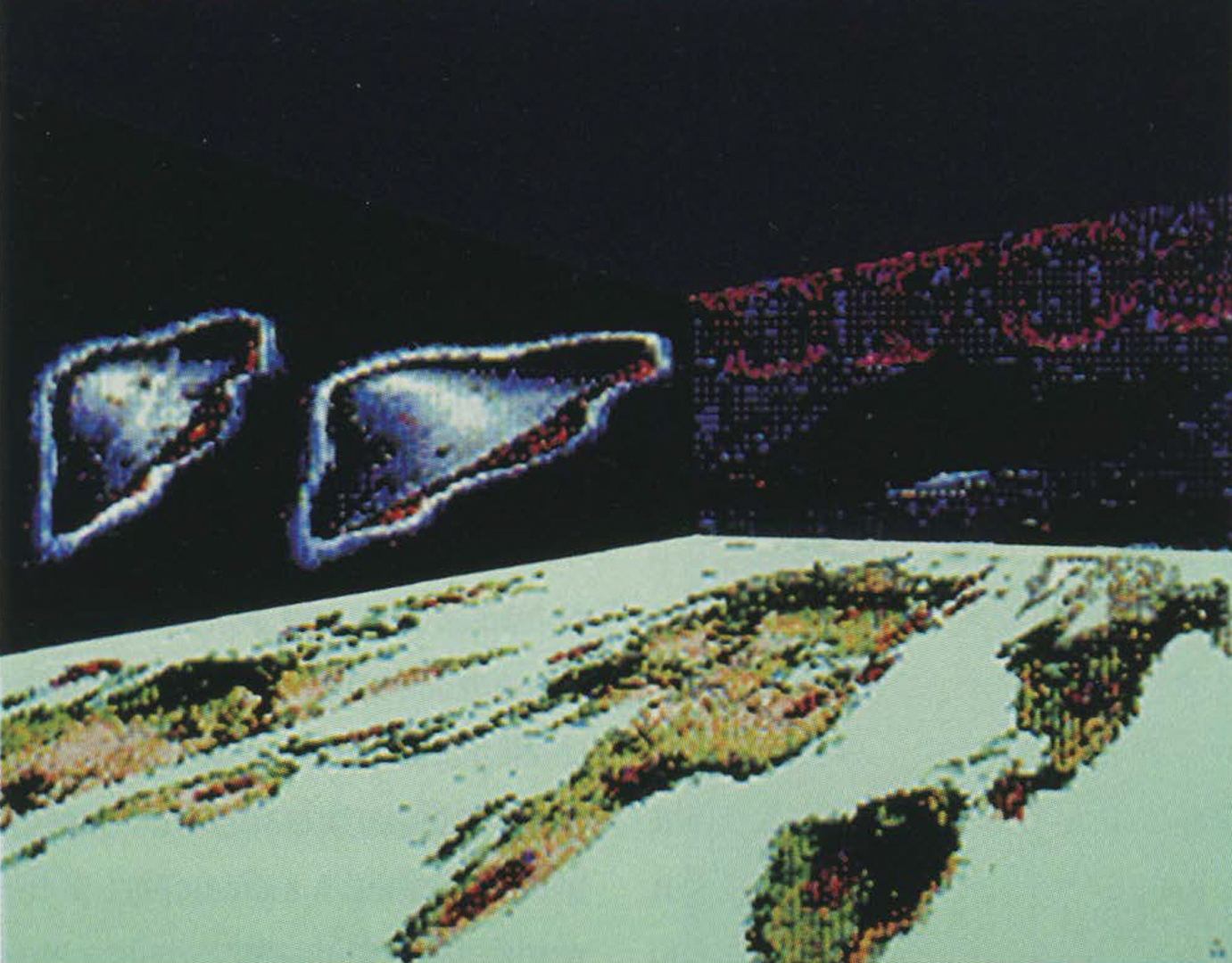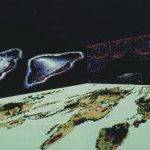Carl Eugene Loeffler: Fun House
Artist(s):
Title:
- Fun House
Exhibition:
Category:
Artist Statement:
The promise of virtual reality has captured our imagination; networks will render it accessible. There can be little doubt that networked immersion environments or virtual reality will evolve into one of the greatest ventures ever imagined. It will draw from and affect the entire spectrum of science, commerce, and culture-including education, entertainment, and the creative arts. It will be multinational, and introduce new hybrids of experience for which adjectives do not exist.
For my SIGGRAPH 93 installation, I have built a Fun House. While making metaphorical reference to the “fun house” found throughout traditional amusement parks, the application is an investigation of interaction and perception employing networked, immersion-based virtual reality. It was the world that was utilized during the first long-range demonstration conducted between Carnegie Mellon University (CMU) and Munich, Germany, in September 1992. And a more recent demonstration, featuring yet another virtual world, was conducted between CMU and Tokyo, sponsored by the International Conference on Artificial Reality and Tele-existence, Japan.
The Fun House metaphor is particularly applicable to the container for virtual experience. Upon entering a fun house, one is acutely aware of being cast into a different world. One’s senses are amusingly assaulted by a number of devices- trick mirrors, fantasy characters, gravity manipulation, spatial disorientation, mazes, and sound. In the virtual Fun House, various traditional devices are adapted and some new ones are offered.
Key attributes to be found in the Fun House include:
1) Objectification of “self ” within an immersion environment. Users can select their image from a library including Frankenstein, Dracula, and a doctor, among others. The Cookie Man has proven to be a favorite. When entering the Fun House, users can see their image reflected in real time in a mirror. They can also see the images of other users. Users can extend their hands and wave at each other.
2) Interaction with a client (or agent) that has an “artificial intelligence.” When entering the Fun House, you are greeted and spoken to by a client. It has a polite behavior and is programmed to face you, follow at a certain distance, and to stay out of your way. After a while, it stops following and says goodbye. Smart objects are also incorporated; touching them calls up events within the program.
3) Interaction with multiple users in real time. Networked telecommunications allow for the simultaneous support of multiple users within the Fun House. For the demonstration between CMU and Munich, the users selected the Dracula and Cookie Man personas from the library. Each user could see the other, had an independent point of view, and could move objects.
4) Users can attach themselves to a moving object. The Fun House features a Merry-go-round; users can grab hold and catch a ride while music plays.
5) Objects can attach themselves to users. The Fun House features a Flying Saucer ride, where users are transported up into the space craft, and they
can pilot its flight.
6) Objects can be assigned attributes of physics. The Fun House features a Ball Game, where users pick up a ball and throw it at targets. The ball falls, bounces, and loses velocity. Thus gravity, velocity, and friction are articulated. The motion of the ball is sound intensive.






